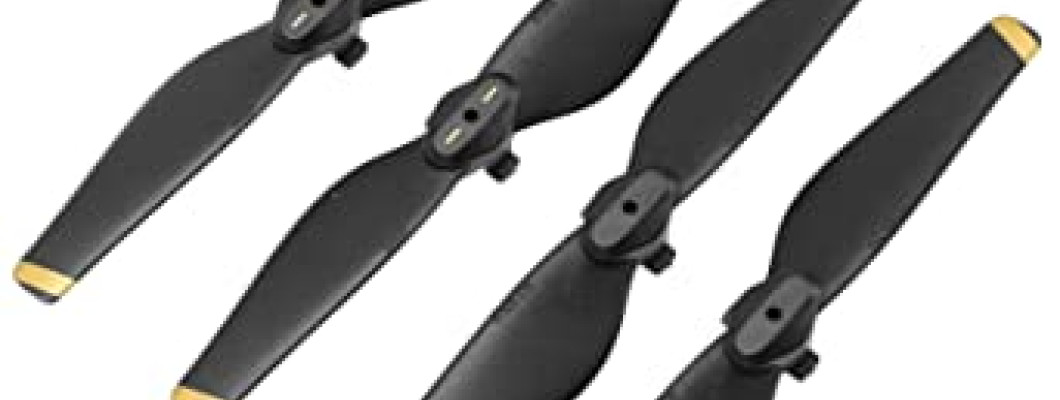Drone Propellers: A Comprehensive Guide

Introduction
Drone propellers are a crucial component of any UAV, including quadcopters and other multirotor drones. Propellers are responsible for generating the lift needed to keep the drone airborne, as well as controlling its movement and direction. In this guide, we'll take a closer look at drone propellers, including how they work, the best materials for making them, how to choose the right propellers for your drone, and how to maintain them for optimal performance.
How do drone propellers work?
Drone propellers work on the same principle as a regular helicopter rotor. As they spin, the blades generate lift, which is used to lift the drone off the ground and keep it in the air. However, unlike a helicopter rotor, drone propellers have a fixed pitch, meaning the angle of the blades cannot be adjusted during flight. Instead, the drone's flight controller adjusts the speed of each propeller to control the drone's movement and direction.
Best materials for drone propellers
There are several materials used to make drone propellers, each with its own pros and cons. The most common materials are:
- Plastic: Affordable and lightweight, but not as durable as other materials.
- Carbon fiber: Lightweight and strong, but more expensive than plastic.
- Wood: Not as commonly used as other materials, but can provide a natural look and feel.
- Composite materials: Made from a mix of materials, offering a balance of strength and affordability.
How to choose the right propeller for your drone
Choosing the right propeller for your drone is essential for achieving optimal flight performance. Factors to consider include:
- Size: Propellers come in various sizes, so it's important to choose the right size for your drone.
- Pitch: The pitch of a propeller determines how much lift it generates, so it's important to choose a pitch that's appropriate for your drone's weight and flight characteristics.
- Number of blades: Propellers can have anywhere from 2 to 6 blades, with each configuration offering different advantages and disadvantages.
- Material: As discussed earlier, the material of the propeller can affect its durability, weight, and cost.
- Brand: Choosing a reputable brand can ensure that you're getting a high-quality propeller that's been thoroughly tested.
To choose the right propeller for your drone, you should consult your drone's manual or the manufacturer's website. They will often provide recommendations on the size, pitch, and number of blades that are best suited for your drone. You can also use online calculators to determine the optimal propeller size and pitch based on your drone's weight and other factors.
How to maintain drone propellers
Proper maintenance is essential for keeping your drone propellers in good condition and ensuring safe and efficient flight. Here are some tips for maintaining your drone propellers:
- Keep them clean: Dirt and debris can accumulate on the propellers, which can affect their performance. Use a soft brush or compressed air to remove any debris.
- Check for damage: Check your propellers for any cracks, chips, or other damage before each flight. If you notice any damage, replace the propeller before flying.
- Balance your propellers: Imbalanced propellers can cause your drone to vibrate or wobble during flight. Use a prop balancer to ensure that your propellers are properly balanced.
- Store them properly: Store your propellers in a cool, dry place away from direct sunlight and extreme temperatures. This will help prevent warping or other damage.
Conclusion
Drone propellers are a critical component of any UAV, and choosing the right propeller is essential for achieving optimal flight performance. By understanding how propellers work, the best materials for making them, and how to maintain them properly, you can ensure that your drone is safe, efficient, and performs at its best. Remember to consult your drone's manual or manufacturer's website for guidance on choosing the right propeller for your drone, and always prioritize safety when flying your drone.
1 Comment(s)
1
Leave a Comment